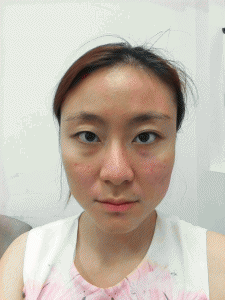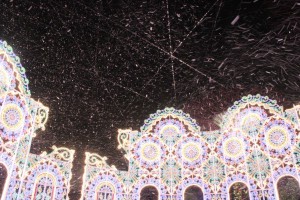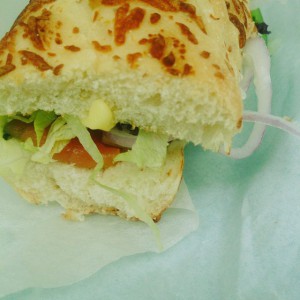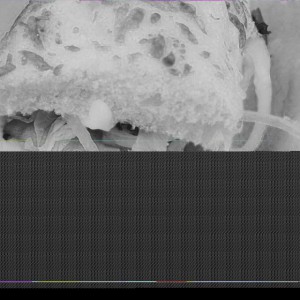In my final project, I sought to exist in the first space and the third space at the same time and interact with both the first and third space at the same time. I also encouraged the participation of both spaces in changing my appearances in real life.
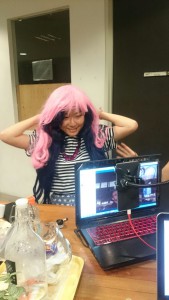
The work that really inspired me was Grand Theft avatar.
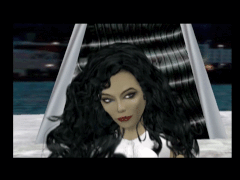
I was really amazed by how the third space encouraged creativity and pushing boundaries. At one time, people went a bit crazy and started to request that I wear two wigs instead of one and also to put black lipstick instead of the usual colors. They also felt that it was fun to choose difficult colors for me to try on my eye.
In addition, JenniCam also allowed me to think about what the internet was interested to see, which is why I decided to do make up in public. It was making something private public and also showing people the process and allowing participation.
Doing rehearsals on my own also did help shape a lot of what I wanted to do.
Initially, I wanted to do it in a room in school where the webcam and my phone will be facing me.
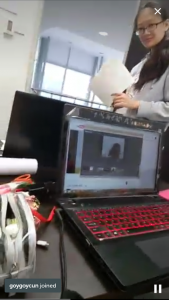
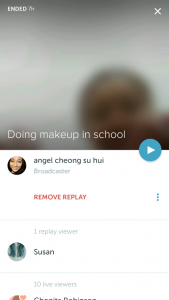
However, I realised that the work had the potential to be better.
“The artist studio has traditionally been a finite space, defined by its physical walls, flat file cabinets, table surfaces, portfolio cases, and print racks.”- Randall Packer (2015). “Collective Narrative“.
The third space could really allow me to push the boundaries of where I could do my performance. In addition, I could also explore how audiences can be included. The shift in power from the artist to the audience did make the work have more layers I felt. It was a constant conversation and reaction between me and the audience.
I did my work in the lounge but did not expect so many other people to join in even though it was a thursday night in school. It was also interesting to note that my audiences felt as if they were watching a show. Many of them were eating and drinking. It was quite interesting to note that they were very comfortable being part of the performance.
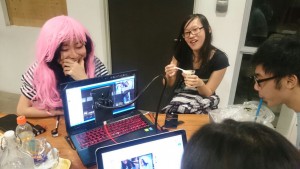
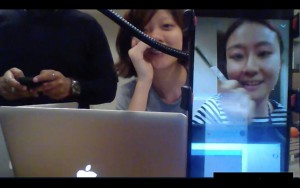
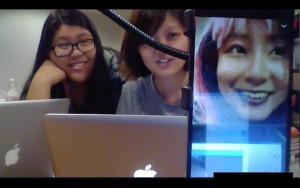
It is interesting that from what I observed, when people only see a small camera and a lap top, they are not so afraid of approaching the artist as they do not see where the footage goes to or could understand the totality of what was going on. Even if they see themselves on YouTube Live. They would only see that the audience is themselves. It sort of become a private public show which is perhaps how our social media has become.
Doing a live performance has also taught me how to do improvisation. Like for example when my phone internet was lagging, I decided to go to the other side of the webcam and it turned out to be one of the glitches that I really loved.
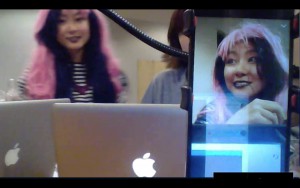
I don’t think I can ever replicate this but I was glad it happened.
Doing OSS has really helped me document the process and also track the maturity of my thinking. From not really knowing about the origin of the internet and its culture to now doing an art performance over the internet.












